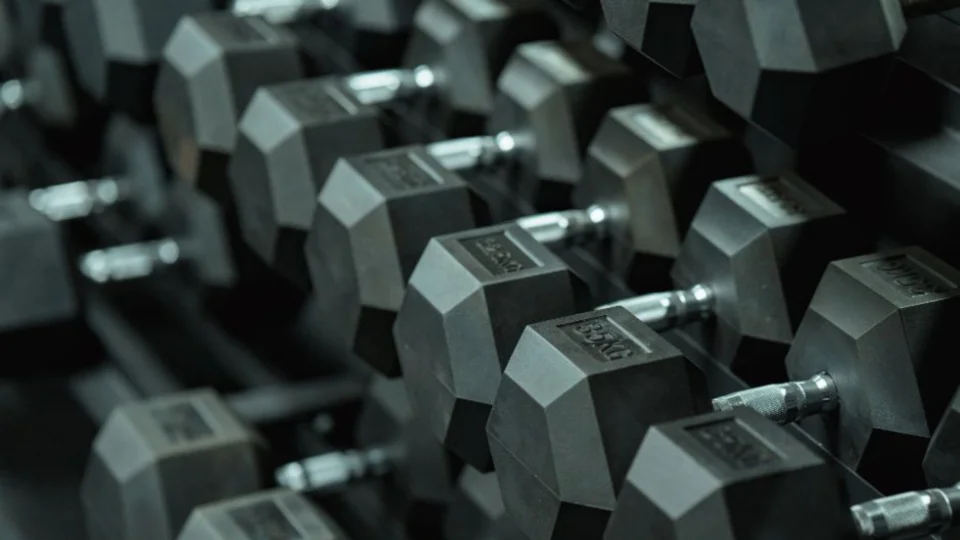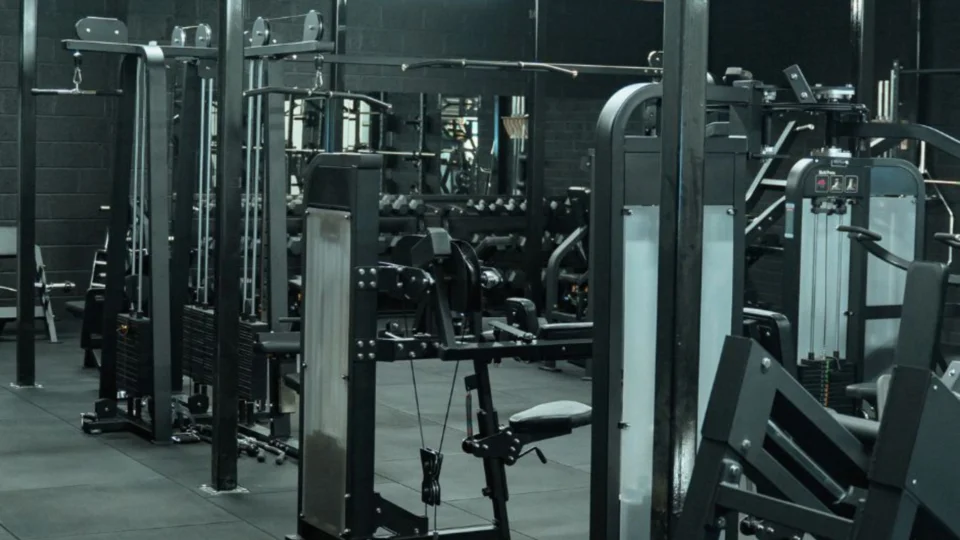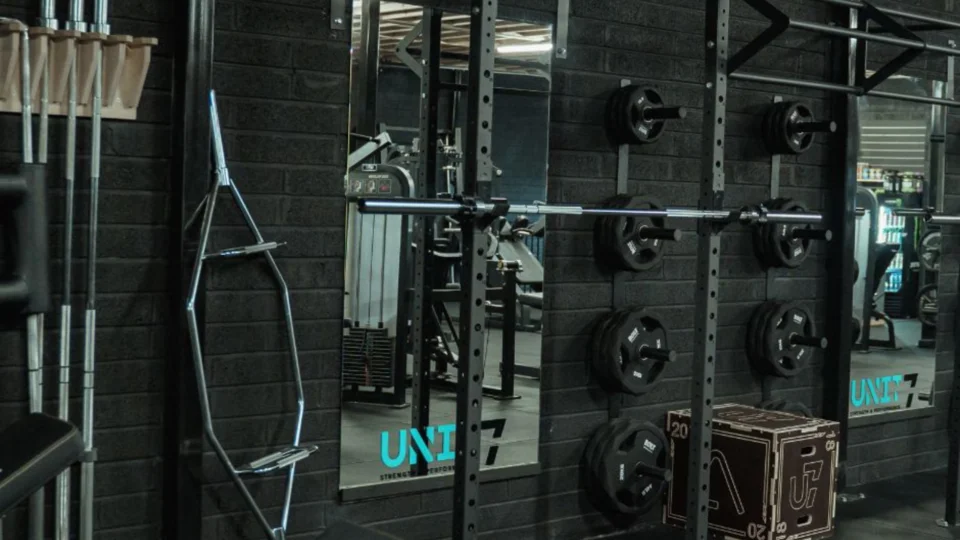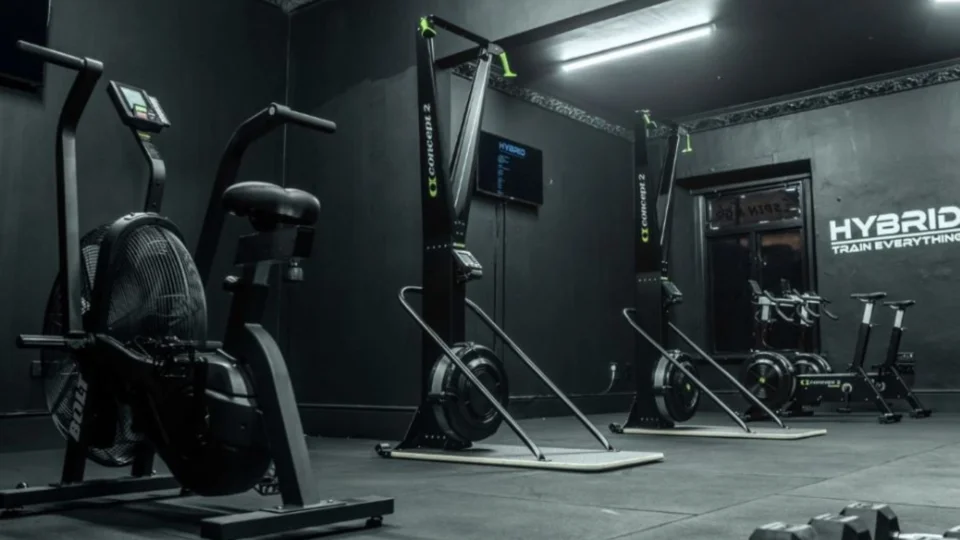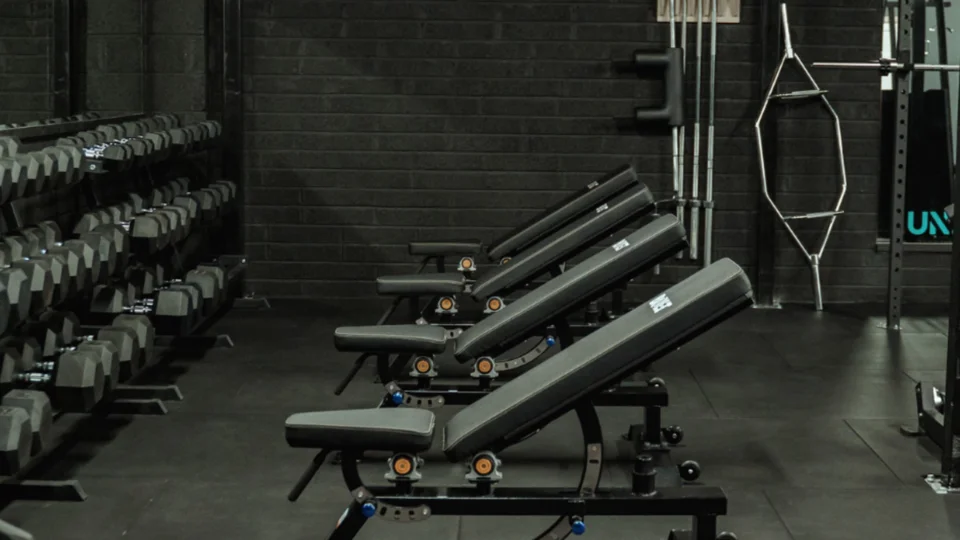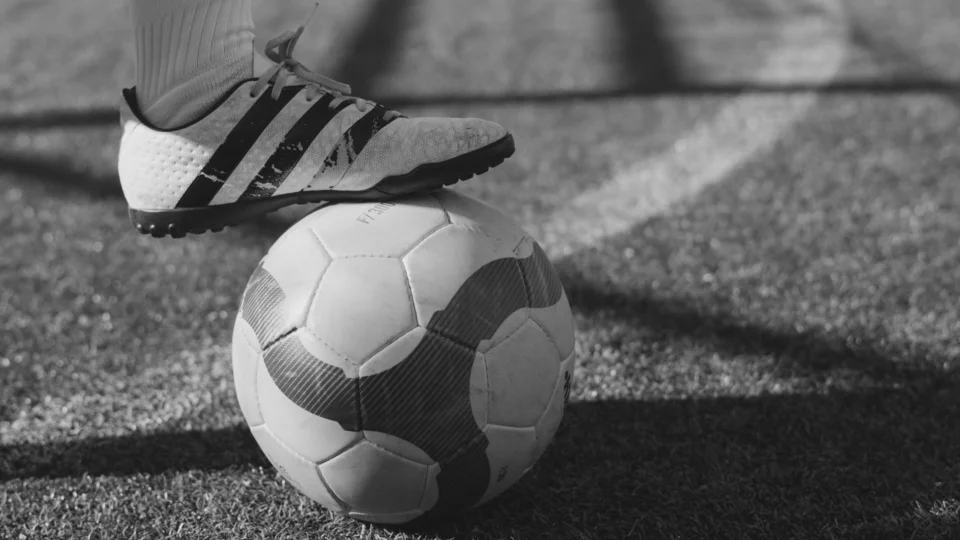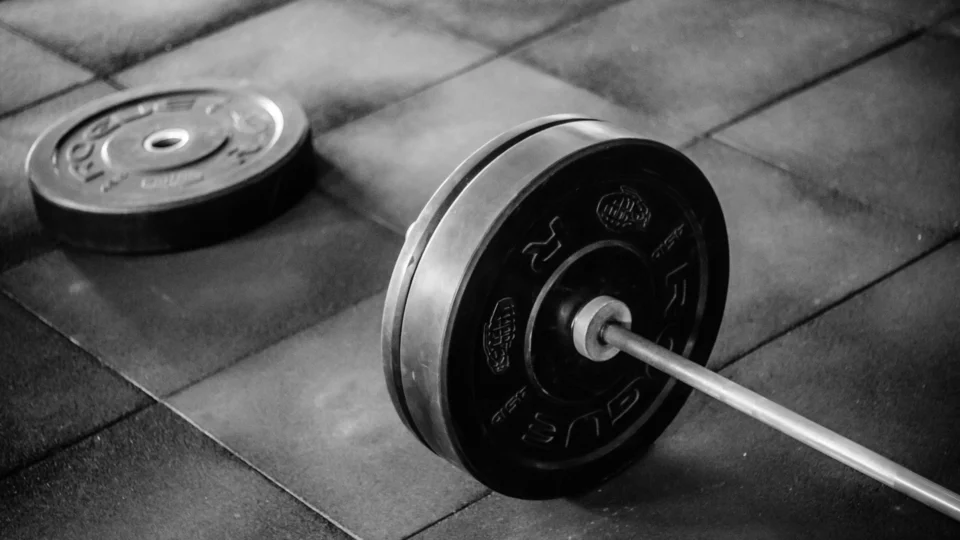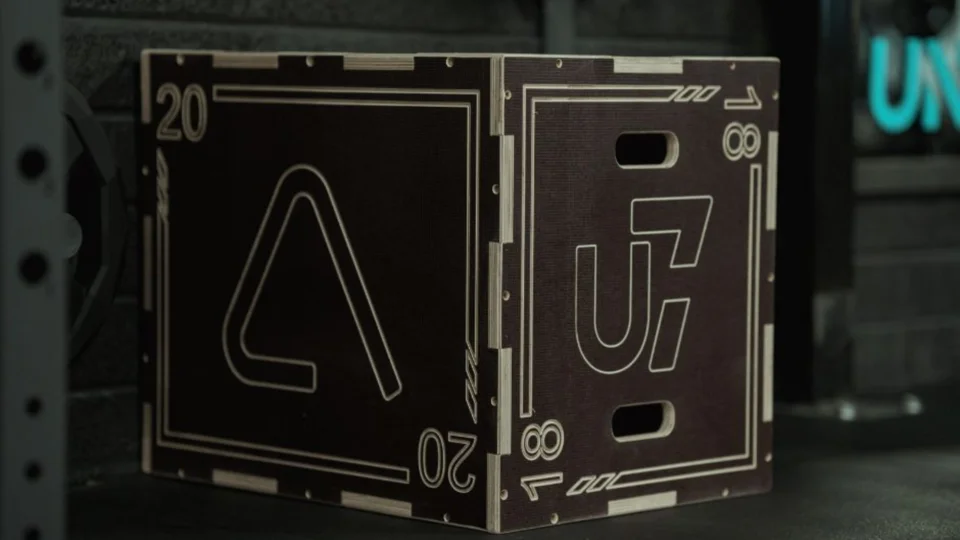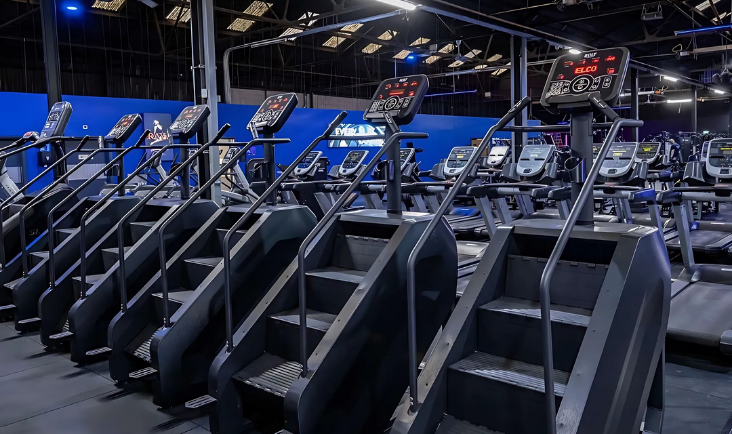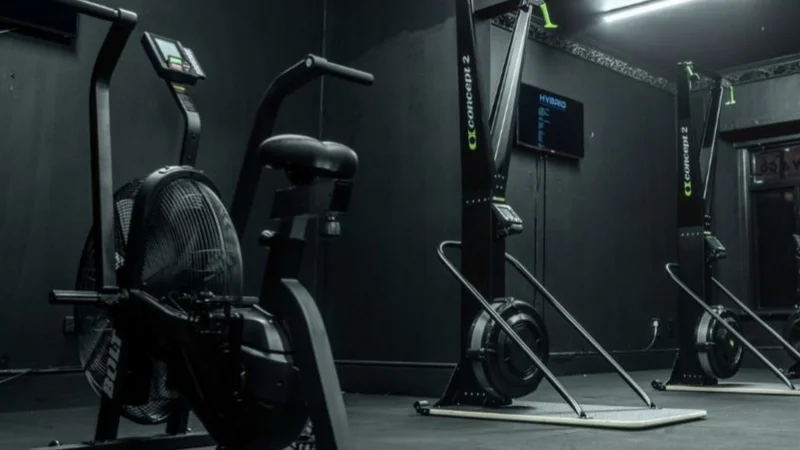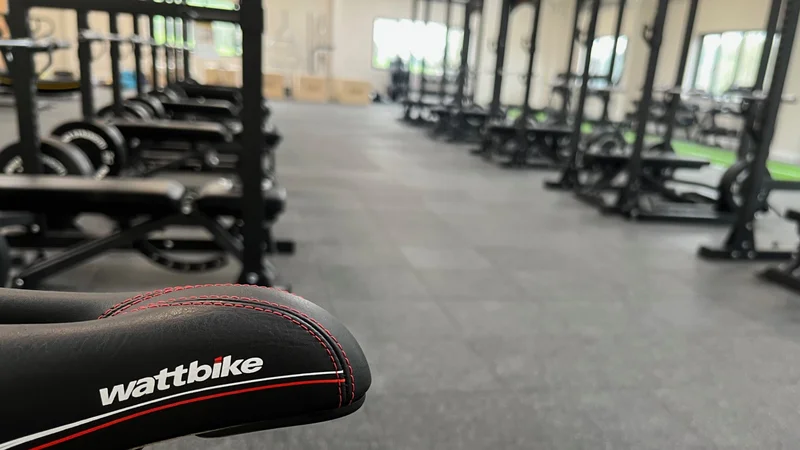July 4, 2024
Recovery and Rehabilitation: Essential Tools for Home Use
When pursuing fitness, Recovery and Rehabilitation is usually the most overlooked and yet it’s one of the most crucial parts of proper exercise. Recovery is how your muscles repair, strengthen, and reduce risk of injuries. Rehabilitation is designed to help with recovering from already existing injuries so that you can keep a long fitness life. By incorporating these techniques you can not only enhance your performance but also promote long term health and well-being.
Recovery Tools:
- Foam Rollers:
- Benefits: Improves blood circulation, reduces muscle soreness, and enhances flexibility.
- Types: Standard foam rollers, textured rollers, vibrating rollers.
- Usage: Roll slowly over sore muscle groups for 1-2 minutes each. Focus on tight spots, applying gentle pressure.
- Routine: Incorporate foam rolling into your warm-up and cool-down sessions to maximize benefits.
- Massage Guns:
- Benefits: Provides deep tissue massage, helps alleviate muscle stiffness, and speeds up muscle recovery.
- Features: Different attachment heads, adjustable speed settings.
- Usage: Use the appropriate attachment and setting for the muscle group. Move the gun slowly over the area for 1-2 minutes.
- Routine: Use after intense workouts to target sore muscles and enhance recovery.
- Therapy Bands:
- Benefits: Assists in stretching, strength training, and muscle toning.
- Types: Resistance bands, loop bands, therapy bands with handles.
- Usage: Perform stretches and strength exercises targeting specific muscle groups. Adjust resistance by changing the band’s length.
- Routine: Included in both warm-up routines and strength training sessions for added resistance and flexibility.
Rehabilitation Equipment:
- Stability Balls:
- Benefits: Enhances core strength, improves balance and stability, aids in rehabilitation exercises.
- Usage: Perform exercises such as ball squats, abdominal crunches, and stability ball passes to engage the core and improve balance.
- Routine: Use for core strengthening exercises and as a part of rehabilitation routines for stability and flexibility.
- Balance Trainers:
- Benefits: Improves balance, coordination, and overall stability.
- Types: Balance boards, BOSU balls, wobble cushions.
- Usage: Stand on the trainer while performing exercises like squats, lunges, or push-ups to challenge and improve balance.
- Routine: Integrate into strength training and rehabilitation exercises to enhance coordination and balance.
Tips on Creating a Post-Workout Recovery Routine
- Stretching: Spend 10 minutes stretching all major muscle groups. Focus on areas that feel particularly tight or sore.
- Hydration: Drink plenty of water to help flush out toxins and support muscle recovery.
- Nutrition: Consume a balanced post-workout meal/snack rich in protein and carbohydrates to aid muscle repair and replenish glycogen stores.
- Rest and Sleep: Ensure adequate sleep as it is crucial for muscle recovery and overall health. Aim for 7-9 hours of sleep per night.
- Active Recovery: Incorporate low-intensity activities such as walking, swimming, or yoga on rest days to promote blood flow and muscle recovery without additional strain.
- Consistency: Make recovery a consistent part of your fitness routine. Regular use of recovery tools and adherence to recovery techniques can significantly improve long-term results.
By adapting these fitness tools and techniques you can enhance your performance, reduce recovery, and overall have a healthier lifestyle.
